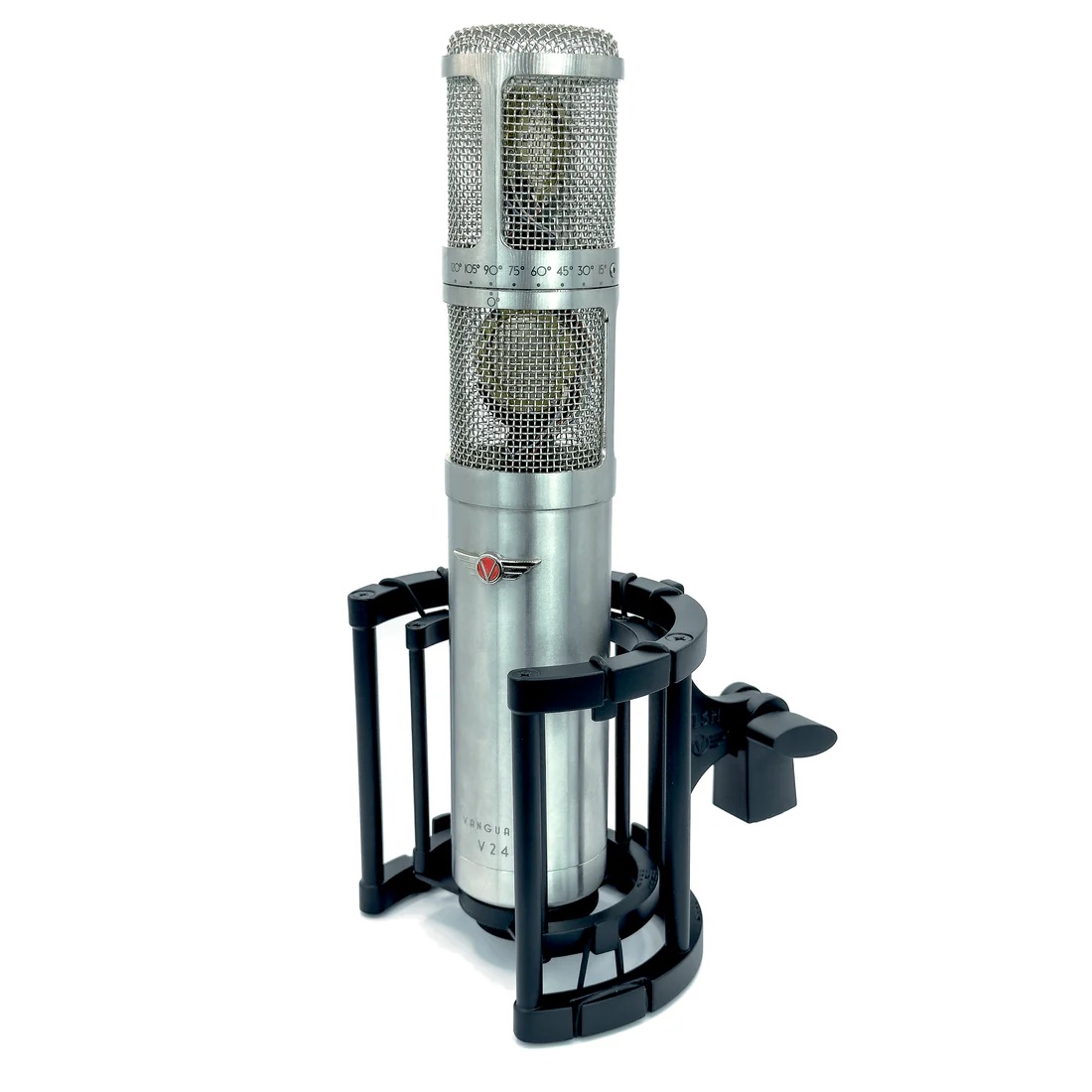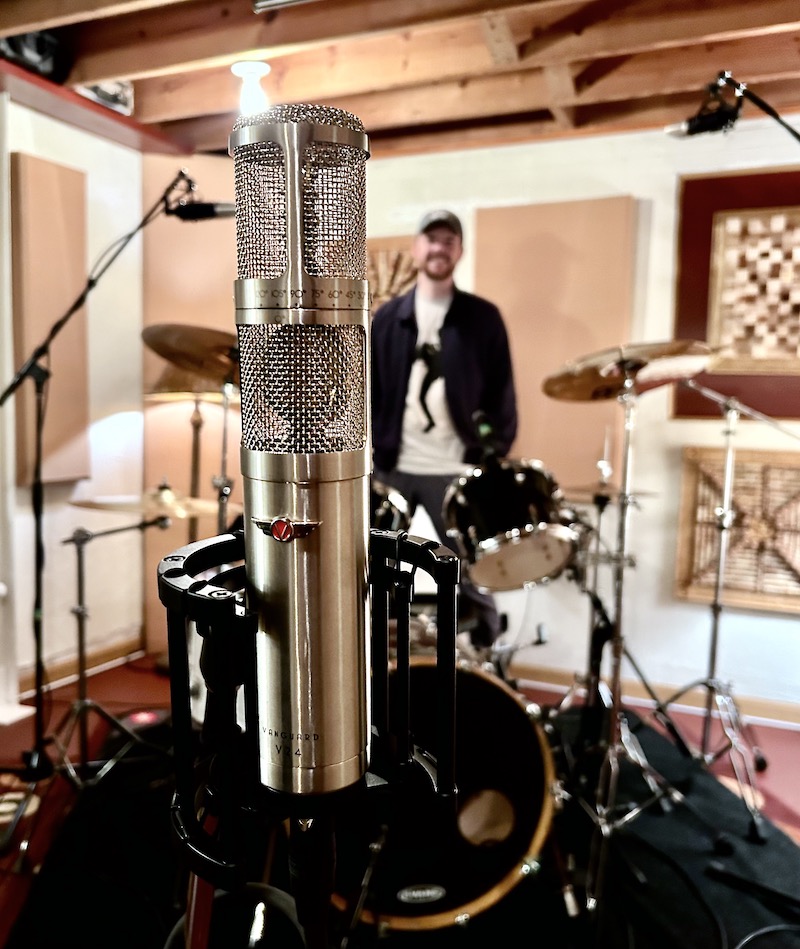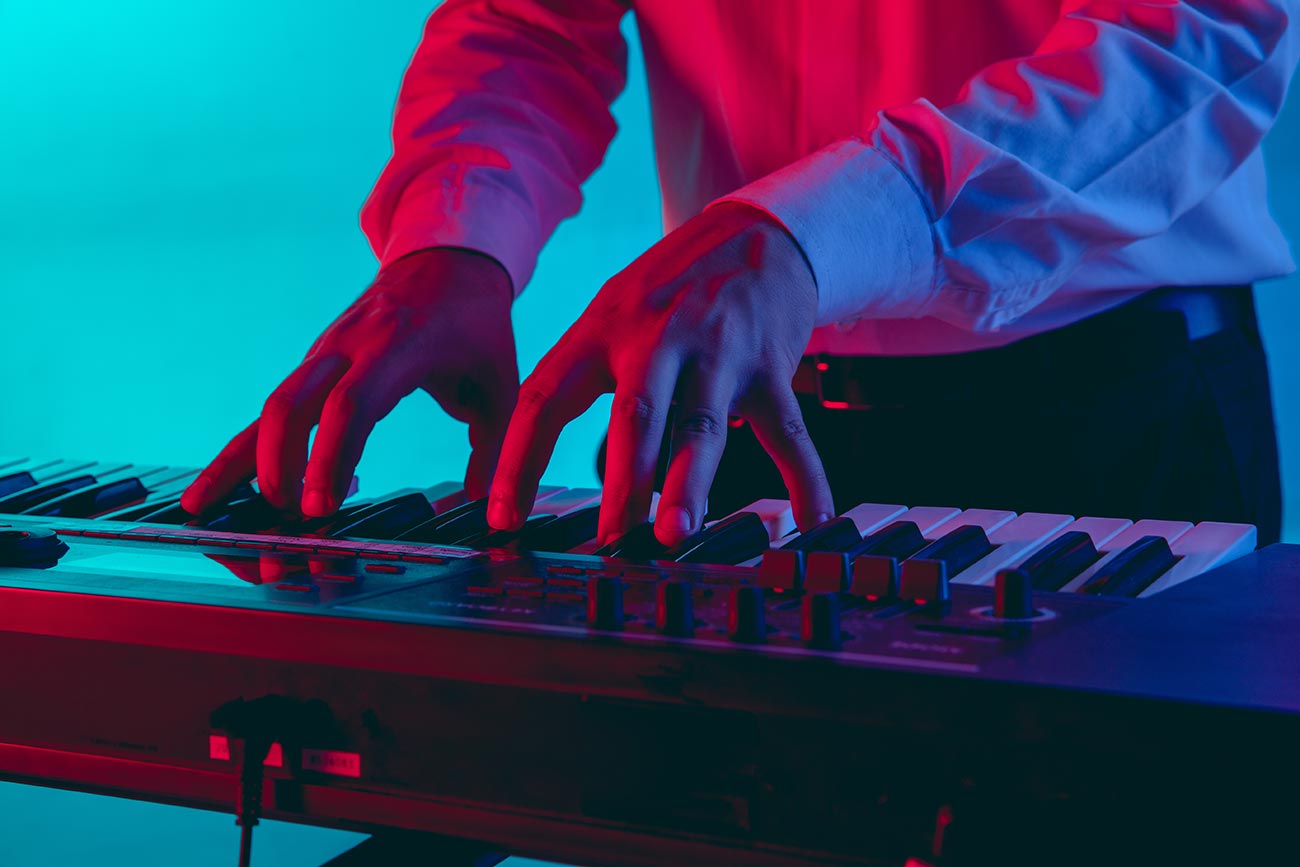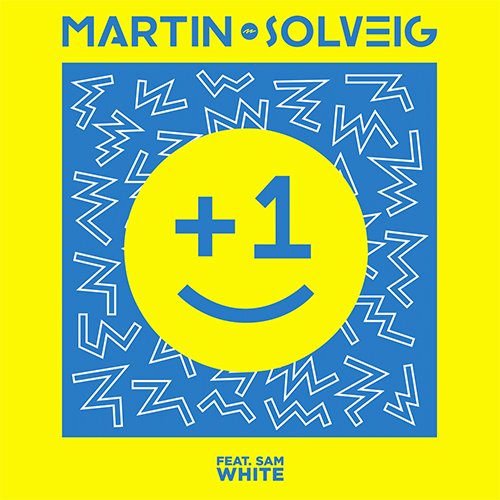-
 play_arrow
play_arrow
Clubalicious Clubalicious Radio
-
 play_arrow
play_arrow
London Calling Podcast Yana Bolder

| MIX VERDICT: VANGUARD AUDIO LABS V24 STEREO CONDENSER MICROPHONE KIT |
| THE TAKEAWAY: “There isn’t a mic locker that wouldn’t benefit from the V24, and it would likely be used on every single session in some capacity—it may take a while, but you’ll get your money’s worth.” |
| COMPANY: Vanguard Audio Labs • www.vanguardaudiolabs.com PRICE: $8,999 direct PROS: • Thorough design that offers accurate sonics and many options when recording. • Lower noise floor than many of the mics it was inspired by. CONS: • While worth the money, it is quite expensive. |
New York, NY (July 19, 2024)—With the V24, U.S.-based, boutique microphone maker Vanguard Audio Labs sought to create the best large-diaphragm, tube-based, stereo condenser it possibly could. The resulting V24, which made its debut in August 2023, is neither a clone nor a tribute, but one inspired by the revered “family” of mics that surround the venerable AKG C12, including the stereo C24, Telefunken’s Ela-M251, or even AKG’s later C422.
My main mic, my first grab for many years, was a C422 (a solid-state descendant of the C24) as I traveled across the Southeast recording drum kits, orchestras, choirs and Gospel concerts. The C12 and the 251 both sit atop my list of favorites for vocals and acoustic instruments. Based on such experiences, I’m finding the V24 to be thorough in its design, accurate in its sonics and a good bit more versatile than its inspirations.
OUT OF THE BOX

The V24 starts with a stainless-steel tube body with room to accommodate two large, dual-diaphragm condenser capsules and a large, open-weave head-basket with a swivel mechanism that pivots the top capsule (only) through 120 degrees of rotation in 15-degree steps. This allows easy repeatability with exact orientation for numerous stereo miking techniques.
Each capsule has its own XLR output on the power supply and its own pattern selector, with options for omnidirectional, cardioid and bi-directional (figure-8), along with intermediate positions, for a total of nine patterns per capsule. This arrangement allows X/Y (both cardioid at 90 – 120 degrees), Blumlein (both figure-8 at 90 degrees) and Mid-Side (M/S, with a forward-facing cardioid and a figure-8).
These CK12-type capsules are from Australian manufacturer BeesNeez, which utilizes modern CNC machining techniques to consistently match assemblies. Capsule output continues down a cryogenically treated path of premium components and is amplified with a cryo-treated GE 5-star 6072 tube, output via a pair of Cinemag T14 transformers (both historically accurate), then via a Neutrik connector and a thick 10-pin cable to the power supply.
That power supply is enclosed in a hefty steel chassis and employs significant modern filtering, allowing a lower noise floor (-13 dBA) and less crosstalk than in the inspirational designs. The power supply houses a conveniently thoughtful feature: a second polarity-reversed output for the top capsule only. It allows easy M/S recording, as this technique uses the forward-facing cardioid cap as the Mid channel and uses the figure-8 Side channel twice— panned left and panned right, with one channel’s polarity flipped. The ability to narrow, widen or de-emphasize the Side information in the mix allows for great flexibility.
The V24’s body also houses switches to low-pass filter each capsule output independently, allowing either unfiltered C12-ish bright response, or warmer Ela- M251 high-end rolloff response. Coupled with the intermediate positions of the capsules, these features collectively allow (encourage even) non-traditional stereo techniques where asymmetry, reduced separation or mismatched frequency response may be intended.
The V24 ships in a custom SKB iSeries heavy-duty case, with a wooden mic storage box, the VLSM shockmount (allows very close placement, with no slippage), 10-pin cable (thankfully long and sturdy), power supply, power cable, protective sock and an Electro- Harmonix 12AY7/6072 tube for variation. Other 12A-7 type-tubes can be used, but probably not the ubiquitous 12AX7 as it’s gained too hot, according to Vanguard co-founder Derek Bargaehr.
Selling direct for $8,999, the V24 is not a low-cost microphone, nor even an affordable one, but it is much more reasonably priced than collectible originals. It is an investment, one that comes with a confidence-building five-year warranty worthy of the components and design.
IN SESSION
Although my first thoughts for the V24 were drum kit and piano, I knew that a singer/songwriter production would provide acoustic guitar, vocals and hopefully some percussion tests that would be highly informative. I decided to use my AMS-Neve 4081 4-channel mic preamp for its neutrality, the ability to get three identical channels of mic amps and to forego any compression during recording so that I could capture pure microphone tone.
Trad-country/Americana artist Sam Brasko tracked his guitar twice—both times with the C12 voicings—once in X/Y with a conservative 90-degree placement and again in M/S. The M/S recording sounded much more open, uncolored and wide. The X/Y recording had a nice thick midrange and a pleasantly understated top end, but was just a little boxy and narrow, as the 90-degree X/Y technique tends to produce. However, Sam preferred this tone as his keeper track, as the focused soundfield left room for some overdubs to fill up the sides.
Rather than traditional percussion, we opted to try some stompin’ and clappin’ for a down-home rhythmic feel. Two people were set up with a resonant wooden box and an ATA briefcase, and we recorded stomps in X/Y with the thicker 251 capsule voicings and got an interesting sound that was largely realistic and “like being there”— pleasantly warm but not as “kick drum thick” as we had hoped. A hefty EQ boost around 80 Hz did the trick as we doubled the part for a more flammy, crowd-stompy size.
Harrison 32Cpre+, MR3eq and Comp 500 Series Units — A Mix Real-World Review
For claps, we tried X/Y again, switched over to the C12 voicings, and again doubled the performances. The V24 captured the transients very nicely—no sluggishness and with plenty of headroom. Frankly, we didn’t use the ideal methods and likely should’ve used Blumlein and the 251 voicings, but this is a Real World review and we had to move on with our session.
Recording vocals was a lot of fun with the V24, as we tracked both capsules in nearly cardioid, just one click toward omni, both capsules facing forward, with one voiced on C12, the other on 251, and both recorded with the identical 4081 amps with no processing. The difference was stark, obvious and made choosing difficult! The 251 voicing is far more than a lowpass filter, as it had this full bottom end, a warmly subdued top, and a mid-dip sculpt that sounded classy and vintage. That said, we opted for the 12 voice as it had the flattest midrange, a more present top end for detail, and although a little thin, it worked well on a robust male vocal.
TICKLING THE IVORIES
I thought I fully understood the V24’s flexibilities until I tried recording my Yamaha upright piano. While pianist Matt Stache repeated a brief 30-second composition, we ran through seven different stereo techniques, with C12 and 251 voicings, no processing, no room mic, lid closed (it gets a bit plinky with the top open), and about 18 inches off the top lid to catch some air.
Long story short: All the combinations sounded different, with more useful variation than you might expect, and I could conceive of a situation where any of the combinations could be perfect for a given song.
Generally, X/Y can get a little boxy and congested, but wider-than-cardioid patterns and wider-than-90-degree orientations can beautifully alleviate those issues; Blumlein sounds the most realistic (especially with the 12 brightness); and M/S shows off the V24’s overall flatness and accuracy. In M/S, the openness reveals the perfect “not bright, not dark” V24 high-end balance, and on the other end of the spectrum, the V24’s “warm, not tubby,” delicate low-end balance. Ultimately, the V24 in M/S with the C12 voicings is eminently flexible, balanced and guarantees success at the mix, with a mold-able capture that can do most anything you’d want in post.

DRUMMING UP SOME TONES
With rock-solid drummer David Kesling coming in for a drums-only session, I established our usual 10-mic setup and then added the V24 as a stereo room mic, about four feet out at tom-tom height. Previous tests indicated that X/Y was the most likely for quick success, but I wanted more width and less mono-boxiness than 90 degrees, so I added one click of width for 105. Amazing! Perfection! The soundstage was wide and pleasantly stereo, with that elusive combo of detail, cohesion and punch that had a sense of room and air.
The C12 setting was just a little bright, but gorgeous; with either a little lowpass filtering or about -3 dB of high-shelf EQ, the image was quite complementary to our 10 mics. On the 251 setting, the snare’s body came to life, but the cymbals were just a touch dark; a 2 dB high-shelf boost achieved perfection that again was quite complementary to our overall sound. Frankly, the V24 would be sufficient all alone for jazzy, folky or other low-key stuff.
We tracked both settings depending on the song, but please don’t ask me to pick a favorite, as both settings were euphonic and proved to me conclusively that the V24 is simply awesome on drums. We did try Blumlein, too, which was legit but a little too airy for my room and our intended rock sound. I also found sonic joy with shaker and tambourine (both X/Y, wide cardioid and 251), group handclaps (Blumlein and 251) and stereo electric guitar (either X/Y or M/S and C12). Unfortunately, I never did get to try choir or group vocals—can you imagine trying to persuade a bunch of antsy singers to experiment with 20-some settings and then having to pick just one or two?!
THE FINAL MIX
The V24 is more than a utilitarian stereo mic that can get the job done, like my trusty C422 was. The V24 is an abundantly versatile, stereo-shaping tool that can play it straight when needed, but with an open mind, some experimentation and creative use of variables (placement, pattern width and voicing), it can become a colorful paint brush that can do things few other mics can, and even then only in their aggregate.
There isn’t a mic locker that wouldn’t benefit from the V24, and it would likely be used on every single session in some capacity—it may take a while, but you’ll get your money’s worth.
Written by: Admin
Similar posts
Recent Comments
No comments to show.Featured post

Latest posts
Current show

In Session
Sister Bliss
Sister Bliss is one of the true pioneers of modern dance music and the musical force behind the multi-million selling ionic British band Faithless. Each week, Sister Bliss In Session showcases the world's best new upfront electronic music, spinning world exclusives, a live DJ mix, A List artists and DJs on the phone, and a run down of the taste-making Cool Cuts Chart.
closeUpcoming shows

Fresh Is Fresh
This Weeks Hottest Releases
02:00 - 09:00
Swedish Dance Chart
09:00 - 11:00

Fresh Is Fresh
This Weeks Hottest Releases
11:00 - 16:00
In The Mix
Tony Kay
16:00 - 17:00
Norwegian Dance Chart
Top 40 Hottest Tracks in Norway
17:00 - 19:00Chart
Powered by Dee jay promotions visit us












 Invalid license, for more info click here
Invalid license, for more info click here